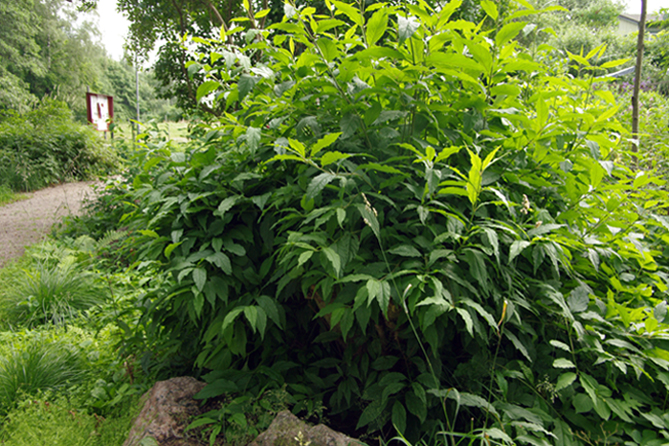Caught
2015
A sleigh in a processual exhibition, Hakaniemi, Helsinki, February 2015
I'm fascinated by the idea of separation, segregation, walls and boundaries. Space in-between is imprisoned, but not contained, behind the curtain of never-ending wall. Rickety and timid, the parading sculpture undergoes a constant process of change, responding dutifully to the wind and the pull, as the space within comes through while the outside seeps in. The erect domestic structure, designed to disperse the sun rays and resembling a fisherman's net, acts as a filter for the outside world, shifting the focus from an artwork to the environment. Nothing lasts, nothing is finished, and nothing is perfect. An impermanent place is caught.

Circa 2014
Kivinokka, HelsinkiIn the past, the forest of Kivinokka was a summer paradise for the working class, where temporal summer cottages and huts were built from whatever materials available. From time to time the area is threatened by large scale master planning, and, time after time, saved by active citizens and preserved as an open public green oasis inside the urban city structure.
The application of a mathematical tool to a botanical feature seeks to question the boundaries of science and wilderness. It communicates the human longing to make sense of an environment by measuring, rationalizing and cultivating. One compass was marked on the map, leaving the rest to be discovered by a passer-by accidentally.




Due to the ever/changing nature of the environment, some compasses disappeared, removed by people or storm, and some became hidden, covered by new leaves.
International Traffic Lights Day
Tapiola, Finland, 2014. 
Some Like Money
Ongoing social intervention, 2012
The concept of the project is the use of Euro banknotes of various denominations stamped with a representation of Facebook “Like”-button image. The notes are used to pay for goods and services in both cashier-operated as well as self-service tills around Ireland. So far the notes have been accepted by the cashier/machine in every case.
The project is aimed to question the popular mergence of the cyber and the material and highlight the recent misbalance of values in society. It is also set out to test the boundaries and borders of socially-engaged art making the whole financially-challenged Euro zone its canvas.
An Ironed Curtain
2012A series of performative actions addressing the transparency of relationship between architecture and social politics.

Performance/action, duration 30 min, Dublin, Ireland. May 7th, 2012.
This site-specific intervention was intended to question transparency of the exploitative interdependence of the international economic relationship.
In collaboration with the Speculative Society.
Installation included a net curtain, 7 meters long, hung from a window of a guestroom of a hotel in Dublin, recently purchased by a Russian investor.
The semi-transparent tulle cloth, normally used as a barrier between the private and the public space, carried a notion of a crossover between a white flag and football fan banner. The collective aimed to explore the potential of a luxurious exclusive space having a political connotation. Property, a house, the ownership of the land has a been a subject close to the Irish heart for generations,representing the freedom and independence, from landlords and from an Empire's siege. Since the recession of 2008, Ireland's property market has hit the lowest point, opening up a great opportunity for foreign buyers, questioning the country's ability to independently sustain its market. To quote Slavoj Zizek … the creative moment of architecture: it concerns not merely or primary the actual building, but the virtual space of new possibilities opened by the actual building.
The performance lasted around 30 minutes.
Another action was carried out in the former Good Shepherd Convent in Limerick, Ireland.

An institution that proved highly popular in Catholic countries, particularly in Ireland, held the purpose of supposedly re-educating and re-forming sinned and strayed young women. The local priest or the parents of an unmarried young woman could send her to the convent for an indefinite length of time, had they thought she had committed a sin or behaved provocatively. In most cases this was a riddance of a mouth to feed, or worse, a cover up for incest or a pregnancy as a result of a rape by the parish priest. If the woman was pregnant, the child would be taken away from her and placed in an orphanage, or given up for an adoption. In any case, the family would never re-unite, as in Ireland until the late 1970s unmarried women were forbidden by law to keep their children.
The building served as a a glorified workhouse, where women washed the linen for the local hospital, deprived of the right to leave and see their family or children, from 1848 til 1990. Some women were moved in the Laundry from an orphanage and never left the walls of the building after. Very few of the women were registered by their real names, and some are forgotten forever as the Catholic Church and the government seems to want the whole century-and-a-half episode forgiven and put in the past.
A website managed by Evelyn Glynn holds a detailed archive of the institution.
The installation was created to commemorate the hidden history of the building, to highlight the lack of transparency of the events behind the tight shutters.
Good Shepherd convent is now home to Limerick School of Art and Design.